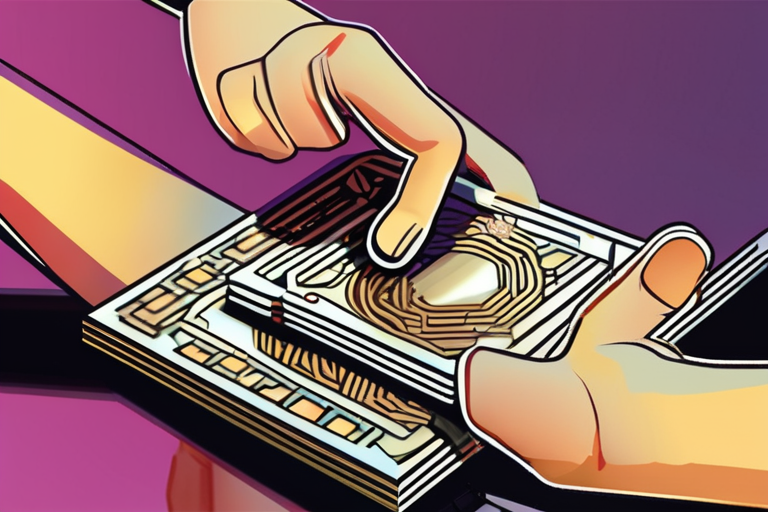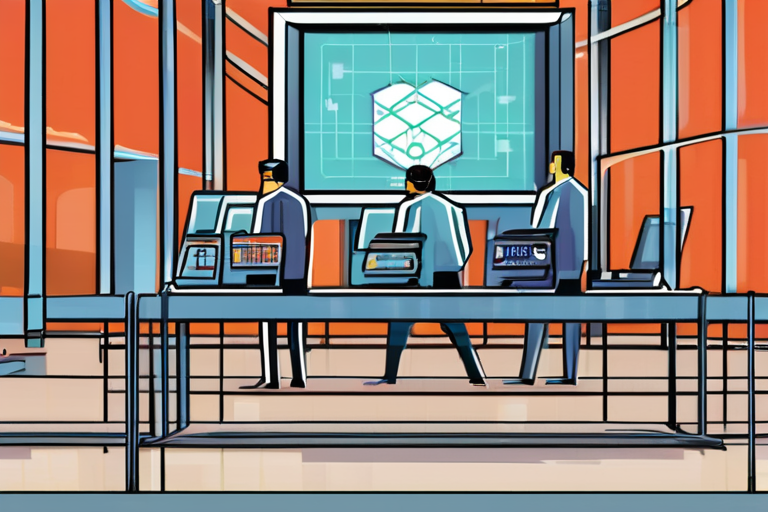Bitcoin Treasury Companies Should Lean Into the Lightning Network
In a shift from passive reserve to active participant in the Bitcoin economy, companies managing Bitcoin treasuries are being urged to deploy idle funds into the Lightning Network, a move that could generate new revenue streams and improve treasury efficiency.
According to Bobby Shell, founder of Voltage, "Companies can now earn native, non-custodial yield by supporting the payments infrastructure itself. This is a complete breakthrough for corporations looking to put their BTC treasury strategy to work."
The Lightning Network, a second-layer scaling solution for Bitcoin, has been gaining traction in recent years, with its user base and transaction volume growing steadily. By deploying idle funds into Lightning liquidity channels, companies can earn routing fees and transaction volume rewards, providing a new source of revenue.
This development is significant because it allows companies to put their Bitcoin treasuries to work, generating returns that were previously unavailable. "In the early days, holding Bitcoin on your balance sheet felt like the boldest move you could make as a company," Shell said. "But now, with the Lightning Network, we're seeing a new paradigm emerge: using Bitcoin as money, not just as a long-duration asset reserve."
The economic impact of this shift is substantial. By supporting the payments infrastructure, companies can help drive adoption and growth in the Bitcoin ecosystem, creating new opportunities for businesses and individuals alike.
Industry experts agree that this development has the potential to revolutionize the way companies manage their Bitcoin treasuries. "This is a game-changer for corporations looking to maximize returns on their BTC holdings," said John Lee, CEO of Blockchain Capital. "By leaning into the Lightning Network, they can unlock new revenue streams and improve treasury efficiency."
The current status of the Lightning Network is one of steady growth, with its user base and transaction volume increasing steadily over the past year. According to data from Bitnodes, the number of active nodes on the network has grown by over 50% in the past six months alone.
As the adoption of the Lightning Network continues to grow, companies are being encouraged to take a more active role in supporting the payments infrastructure. By doing so, they can not only generate new revenue streams but also help drive growth and adoption in the Bitcoin ecosystem.
In conclusion, the shift towards using Bitcoin as money, rather than just as a long-duration asset reserve, is underway. Companies managing Bitcoin treasuries are being urged to lean into the Lightning Network, deploying idle funds into liquidity channels to earn routing fees and transaction volume rewards. This development has the potential to revolutionize the way companies manage their BTC holdings, unlocking new revenue streams and improving treasury efficiency.
Background:
The Lightning Network is a second-layer scaling solution for Bitcoin that allows for faster and cheaper transactions. It was launched in 2018 and has since gained traction, with its user base and transaction volume growing steadily.
Context:
The growth of the Lightning Network is significant because it enables companies to put their Bitcoin treasuries to work, generating returns that were previously unavailable. This development has the potential to revolutionize the way companies manage their BTC holdings, unlocking new revenue streams and improving treasury efficiency.
Additional Perspectives:
Industry experts agree that this development has the potential to drive growth and adoption in the Bitcoin ecosystem. "By supporting the payments infrastructure, companies can help drive adoption and growth in the Bitcoin ecosystem," said Lee.
Current Status and Next Developments:
The current status of the Lightning Network is one of steady growth, with its user base and transaction volume increasing steadily over the past year. As the adoption of the Lightning Network continues to grow, companies are being encouraged to take a more active role in supporting the payments infrastructure.
*Reporting by Coindesk.*



 Hoppi
Hoppi

 Hoppi
Hoppi

 Hoppi
Hoppi

 Hoppi
Hoppi

 Hoppi
Hoppi

 Hoppi
Hoppi











